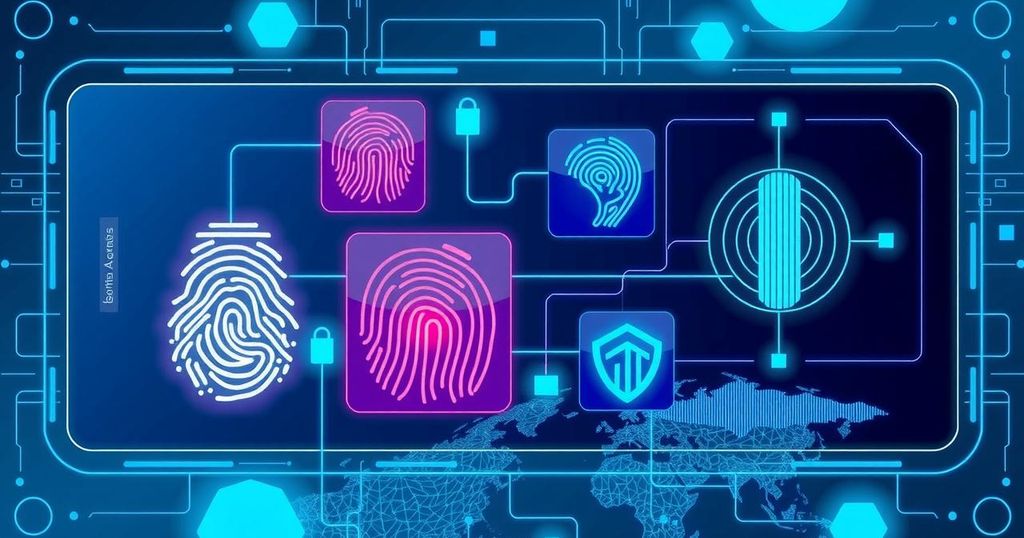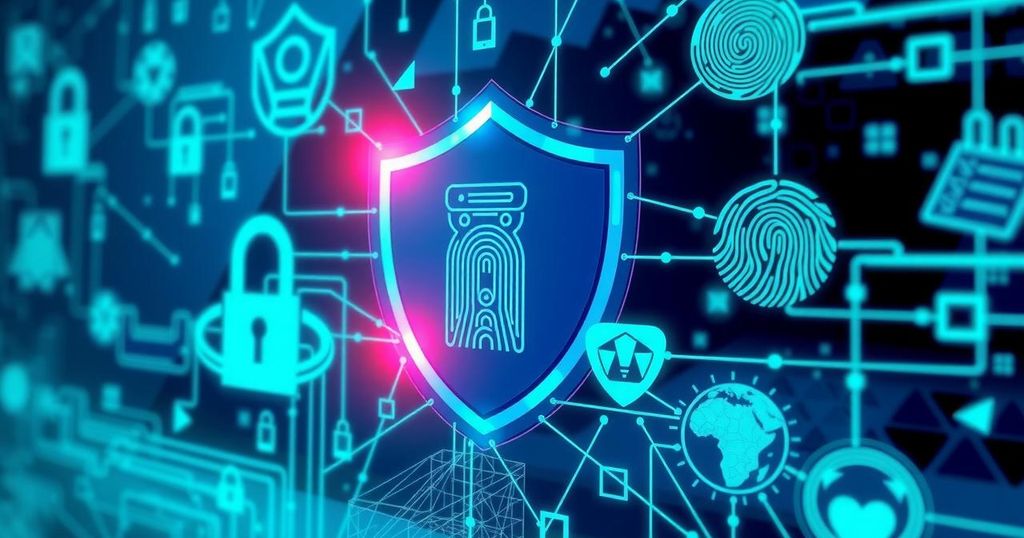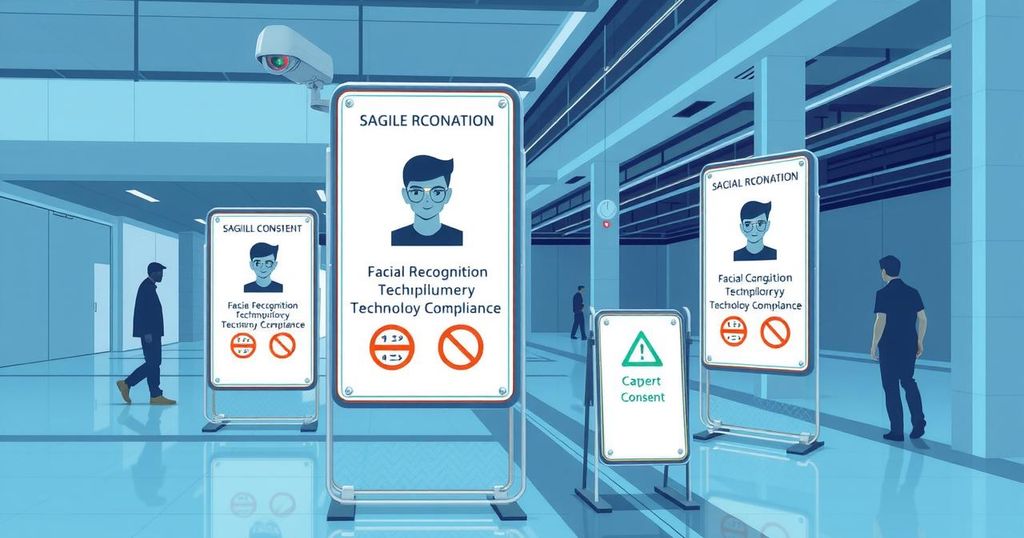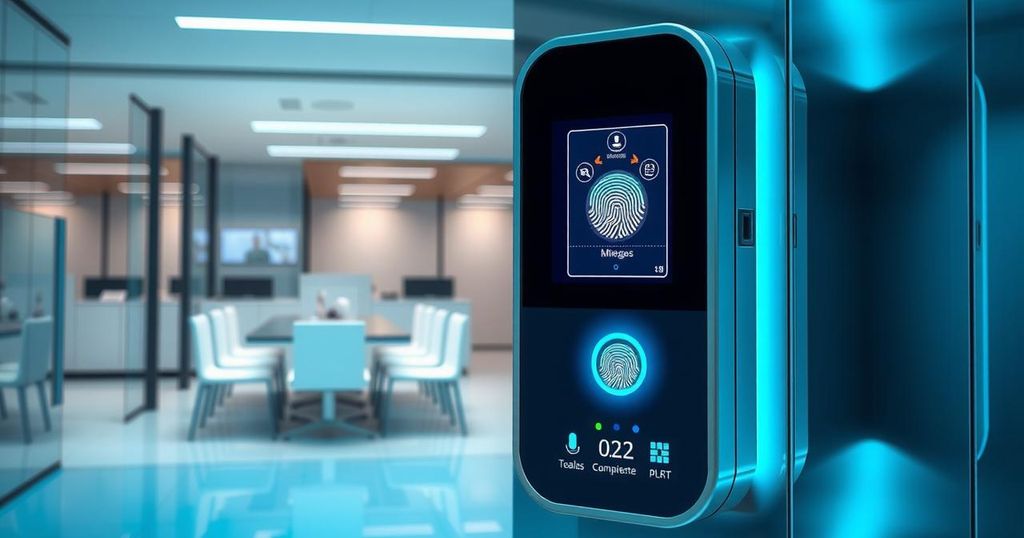Biometric authentication uses unique physical traits for identity verification, offering enhanced security against data breaches. This method improves user convenience by eliminating the need for passwords, although it faces challenges, such as false rejections and privacy issues. Various biometric techniques, including fingerprints and facial recognition, are becoming essential tools in cybersecurity, especially when integrated with multimodal systems and advanced machine learning.
Biometric authentication is a security method that uses unique physical traits, such as fingerprints or facial features, to verify an individual’s identity. Unlike traditional passwords, this method relies on intrinsic attributes, making it less susceptible to theft. The increasing prevalence of cyberattacks emphasizes the need for more robust security solutions, driving organizations to adopt biometric systems for enhanced protection against credential theft.
Biometric systems provide not only increased security but also improved user convenience, facilitating passwordless authentication. Users no longer need to memorize credentials or carry physical tokens. These systems assess authentication based on multiple physical factors, termed inherence factors, which include traits like fingerprint patterns and retinal scans that are typically immutable.
Common biometric methods encompass facial recognition and fingerprint identification. While effective, they face challenges. Facial recognition can fail due to varying angles in scans, while fingerprint scanners sometimes yield inaccuracies when faced with varying skin conditions. Emerging technologies like thermal imaging of feet may offer more accurate solutions, although these are still under exploration.
Voice recognition is a notable biometric factor, yet concerns arise due to advancements in voice cloning technology. Fingerprints remain a reliable form of authentication; their uniqueness makes the likelihood of a match exceedingly low. However, consumer-grade scanners have vulnerabilities, leading to the adoption of alternative methods, like vein recognition, which measure blood vessel patterns for better accuracy.
Behavioral biometrics analyze distinctive user interactions with devices to enhance authentication processes. These patterns can include touchscreen behavior and typing dynamics, though they may not match the accuracy of physical biometrics. Multimodal biometric systems combine multiple authentication methods, increasing security by making it more difficult for a hacker to bypass defenses.
The operational framework for biometric authentication involves an enrollment phase followed by a verification stage, where users’ biometric data are compared to stored templates. This process necessitates robust security measures because stolen biometric data poses a significant risk.
Advanced machine learning techniques are employed to optimize recognition speed and accuracy. Biometric authentication also plays a vital role in preventing unauthorized access to physical locations and sensitive data. The integration of biometric factors with multifactor authentication strategies provides enhanced security.
In summary, biometric authentication emerges as a powerful solution to enhance security against increasingly sophisticated cyber threats. By leveraging unique physical and behavioral traits, organizations can not only protect sensitive systems but also streamline user access experiences. However, the challenges posed by false acceptances and privacy concerns underline the need for comprehensive approaches that prioritize data security alongside usability.
Original Source: www.ibm.com





